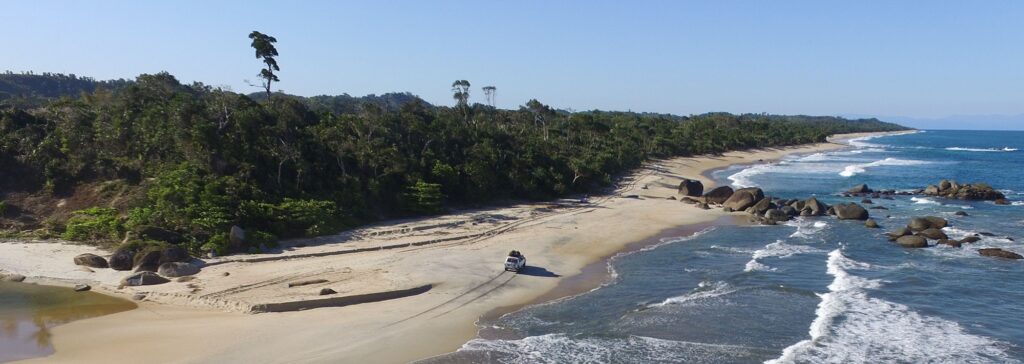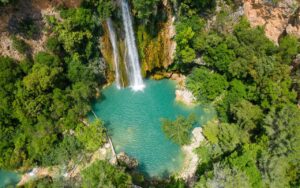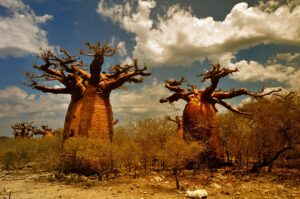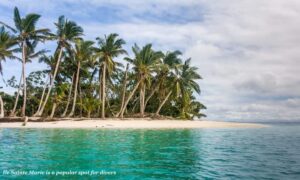Masoala National Park: Pristine Forests and Marine Life
Nestled on the northeastern coast of Madagascar, Masoala National Park is a haven for nature enthusiasts and adventure seekers. This expansive park, covering both land and sea, offers a unique blend of lush rainforests and vibrant marine ecosystems. Whether you’re a wildlife lover, a hiker, or someone who simply appreciates the beauty of untouched nature, Masoala National Park promises an unforgettable experience.
What to See
Masoala National Park is a treasure trove of biodiversity. On land, the park is home to a variety of lemurs, including the elusive red-ruffed lemur, which is native to this region. Birdwatchers will be thrilled by the sight of the helmet vanga and other endemic bird species. The park’s dense forests are also inhabited by chameleons, geckos, and a myriad of other reptiles and amphibians.
The marine section of the park is equally captivating. The coral reefs are teeming with life, offering snorkelers and divers a chance to see colorful fish, sea turtles, and even dolphins. The beaches, with their golden sands and clear waters, provide a perfect spot for relaxation after a day of exploration.
A Bit of History and Interesting Facts
Masoala National Park was established in 1997 as part of Madagascar’s efforts to preserve its unique biodiversity. The park is part of the larger Masoala-Makira landscape, which is recognized as a UNESCO World Heritage Site. This area is one of the most biologically diverse places on Earth, with many species found nowhere else.
An interesting fact about Masoala is its role in the conservation of the critically endangered Madagascar serpent eagle, which was once thought to be extinct. The park’s dense forests provide a crucial habitat for this rare bird.
Getting There and Tips for First-Time Visitors
Reaching Masoala National Park can be an adventure in itself. The nearest major town is Maroantsetra, which can be accessed by a domestic flight from Antananarivo, Madagascar’s capital. From Maroantsetra, you can take a boat to the park, which is the most common way to reach this remote area.
For first-time visitors, it’s important to plan your trip during the dry season, from May to November, when the weather is more favorable for outdoor activities. Hiring a local guide is highly recommended, as they can provide valuable insights into the park’s flora and fauna and ensure a safe and enriching experience.
Accommodations range from basic camping sites to eco-lodges, offering a chance to immerse yourself in the natural surroundings. Remember to pack essentials like insect repellent, sturdy hiking boots, and snorkeling gear to make the most of your visit.








